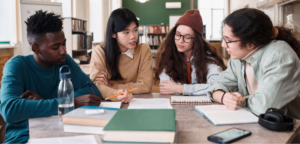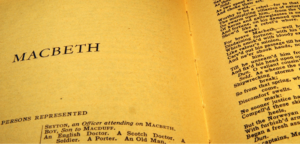
The Best Time to Prep for Fall? Right Now
I hear you already: “I barely survived this academic year. The last thing I want to think about is the next one!”

I hear you already: “I barely survived this academic year. The last thing I want to think about is the next one!”

Deadlines are a blessing and a curse. We need them to get things done, but they often loom and approach faster than we anticipated or desire. When we miss them, we feel guilty. Sometimes we devise elaborate methods to ensure the timely completion of tasks.

The allure of the copy-and-paste approach to course design is ever present. Many of us, out of what often feels like sheer necessity, have fully embraced the comfort of teaching from muscle memory, recalling with ease the structure and rhythms of a course and therefore

The goal of a liberal arts education at the college level is to imbue students with a broad education that allows them to think critically, communicate clearly, and problem-solve from various perspectives. As part of the foundation of their liberal arts education, students take courses

The Hyflex teaching model has been a polarizing concept since Brian Beatty introduced it at San Francisco State University. On the one hand, it offers students the flexibility to attend class in person or at a distance. On the other, many instructors who have tried

We often think of learning in individualistic terms. The student cognizes in their brain and performs some solitary task to demonstrate learning. For this work, they receive an individual assessment. These assumptions and practices are common regardless of how student-centered the teacher is (Barr &

In Shakespeare’s Macbeth, there is a scene that is sometimes deleted from productions, and the change in the audience’s behavior according to whether it is there or not can be noteworthy. At the beginning of Act 2, Scene 3, comes what is known as “The


There are now AI resources to help instructors through all steps of lesson development, from crafting lesson outlines with ChatGPT to creating assessments with QuestionWell. Now Diffit has come along to provide a start-to-finish resource for creating lessons. While instructors are likely to edit the

The first summer job I ever had was mowing lawns. Back then (this was the ’70s), I would start the power mower, and the blade kept spinning until I turned the mower off. I learned quickly to pull the mower up a slope and not

Magna Publications © 2024 All rights reserved